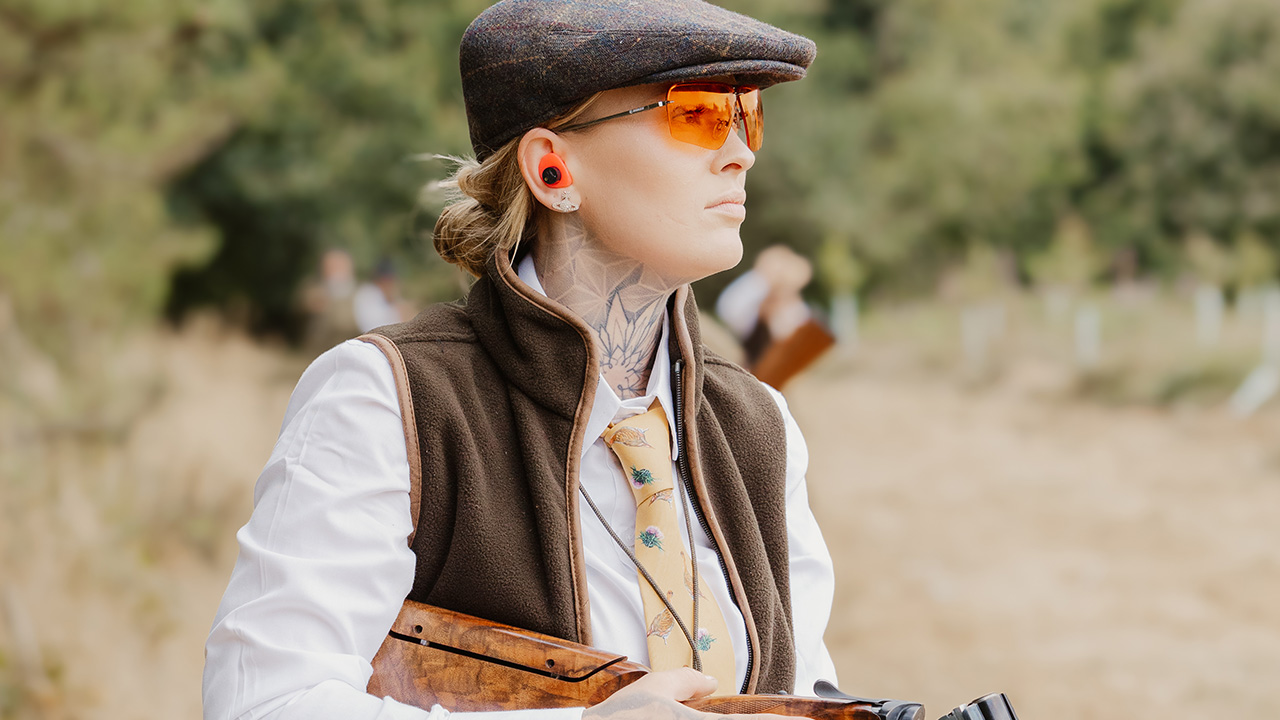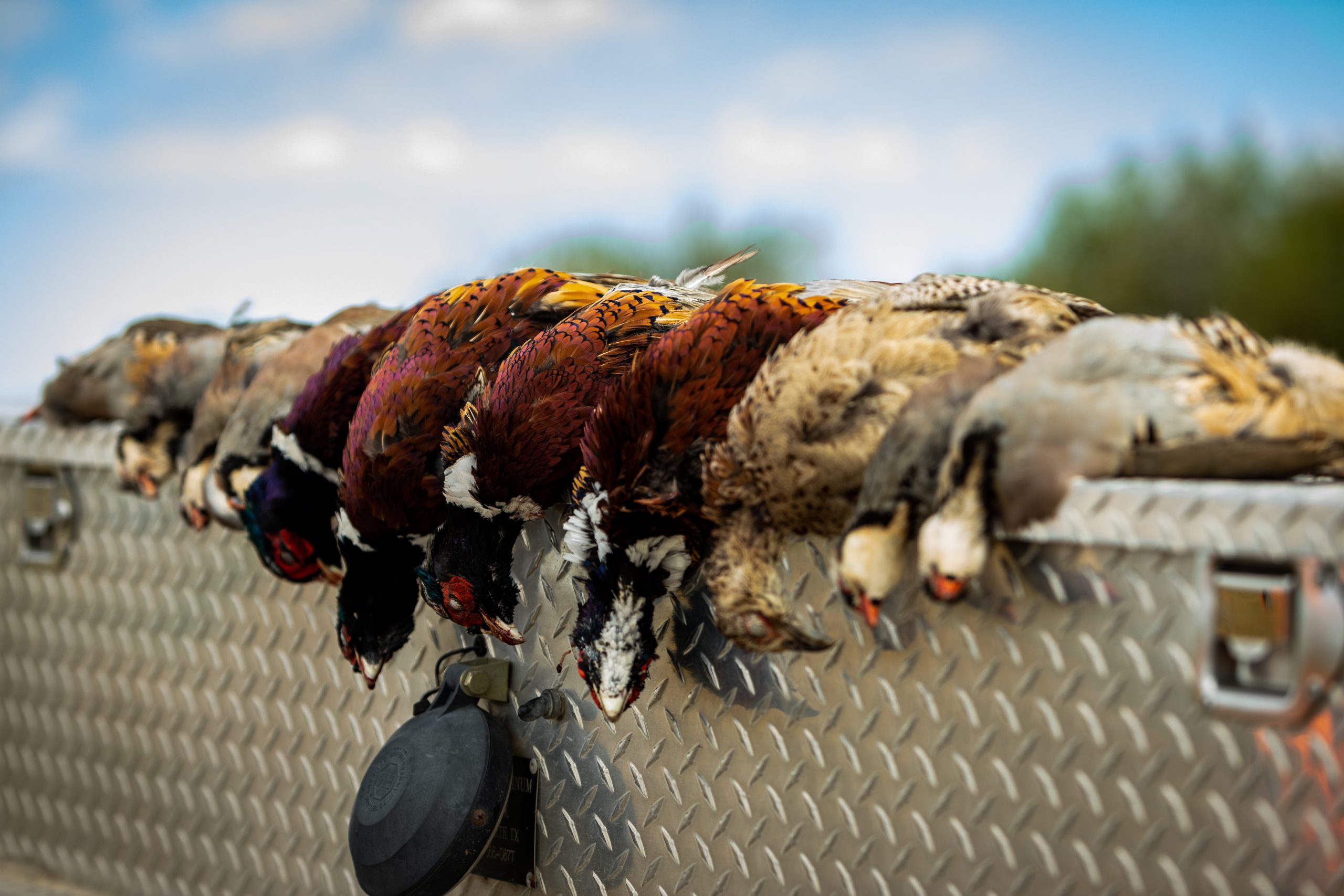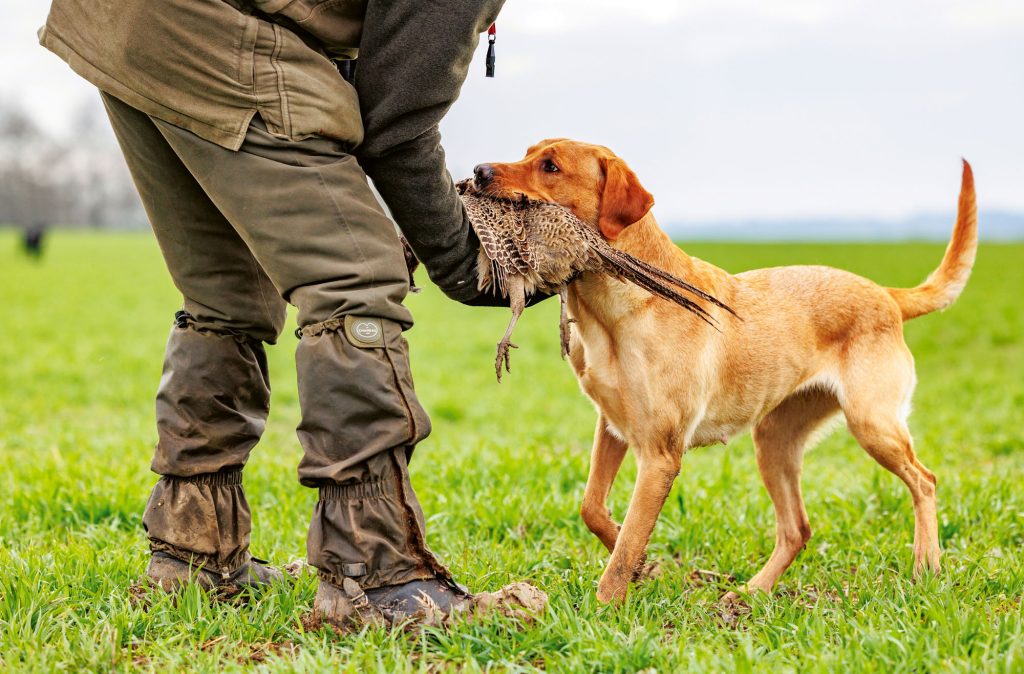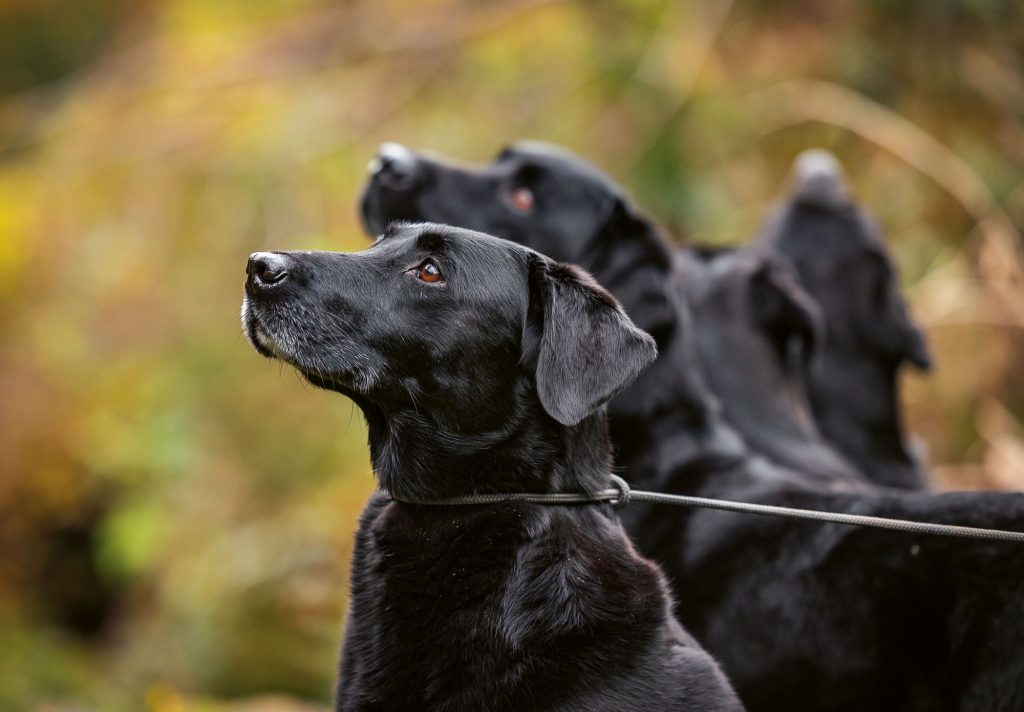Patterns for success
Our expert pigeon shooter Fred Luke writes..
Our expert pigeon shooter Fred Luke writes…
Many people ask me what is the best pattern to use, and I tend to give the same answer – the one that best suits what you are doing. Decoying on a very windy day where the birds are keeping low can call for one pattern, while a calmer day needs another. I’d never suggest decoying on a totally windless day as I’ve found that it always turns out to be a waste of time.
The U-shaped horseshoe pattern (above) is tried and tested and it works in most situations, but you can always try something different if you want, to suit a particular situation.
Imagine you are setting up your hide against a hedge over which you know crosses a flightline, on a very blowy day. I might use a long leg on one side of my horseshoe to try and draw them in.
An L-shaped pattern (above) can work well. The long leg of the L running parallel to the hedge acts as a roadway, while the short side joining the hedge acts like a stop sign.
It’s important that your pattern is visible above any standing crop. I always carry a few cradles with me for dead birds or deeks so the birds really do stand out. If I’m setting up dead birds I use a few short sticks to prop their heads up.
Some people say that long straight lines on a decoy pattern don’t look natural, and that each decoy should be facing roughly into the wind in a direction a few degrees different to the next deek. I strongly disagree with both points. The decoys are there as a road for the birds to follow to your chosen landing area; whether the lines are ruler-straight or a little wobbly really doesn’t matter.
People often ask where to put flappers and whirlys. Well, I always put my whirly at the head of my pattern, just ahead of the spot where I want the birds to land. I put flappers out on the end of a leg of the horseshoe, usually the one furthest out into the field to maximise the chances of them being seen. And I put floaters towards the rear of the horseshoe, so that they point the way to the landing area for any incoming birds.





